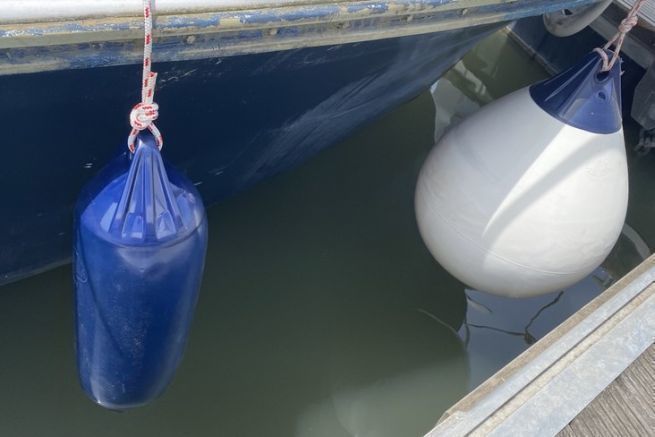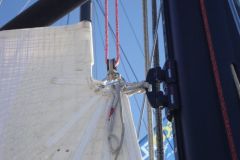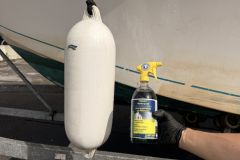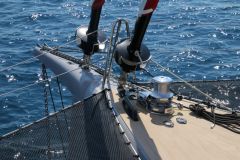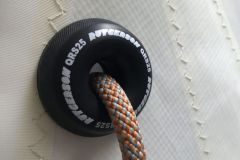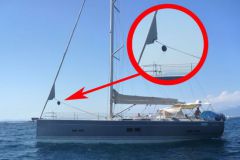When you buy fenders, you have to inflate them before using them. For reasons of storage space, they are delivered completely flat. Ideally, your ship will sell them to you already inflated, with the right pressure. But if, like me, they are delivered without air, you must inflate them before you can use them along the side of your boat.
Note that it may be a good idea to give the fender an airing over the course of its life (not just when it is new) to give it a new lease on life.
Low pressure in the defences
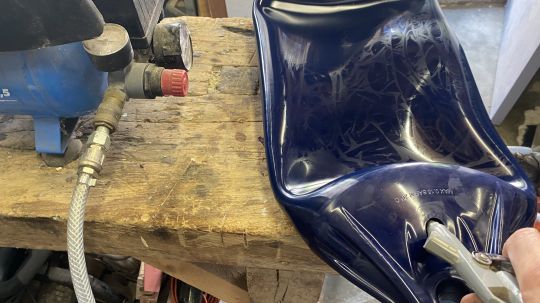
The pressure in a fender is very low. It is between 0.1 and 0.2 bar (0.15 bar at 20°C on those of Polyform, distributed by VDM-Reya in our example). It can therefore be reached with a simple hand (or foot) pump. The most important thing is to have the right nozzle. Indeed, it is necessary to have a system which enters the valve and which makes - more or less correctly - the sealing.
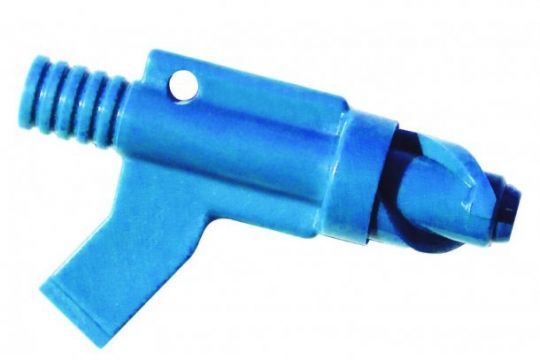
VDM-Reya distributes a small adapter, specific to the Polyform valve, which has several functions: It allows, thanks to its flat tip, to unscrew the valve cap (instead of the screwdriver). It has the same internal print as the cap and can be screwed in place of it. Finally, it accepts a "Schrader valve" type connection, as on a car tire. It becomes very easy to inflate your fenders with a foot pump, or even at a gas station. And thus to regulate the pressure in a very precise way.
But if like me you don't have this equipment, you'll have to use the system D.
Step by step to inflate your fenders
We start by unscrewing the valve cap. This is equipped with a non-return valve that prevents the fender from deflating once it is full of air and before you screw the cap back on.
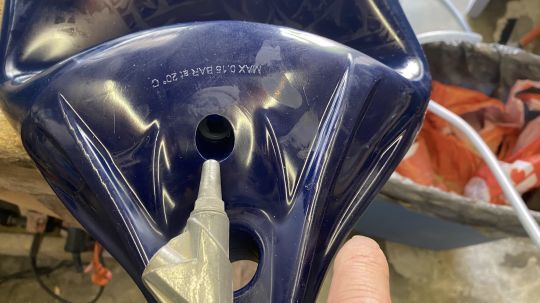
To inflate, I used an air gun (a blowgun) connected to a compressor. By placing it ideally, I was able to limit almost all leaks. The fender inflates quickly and effortlessly.
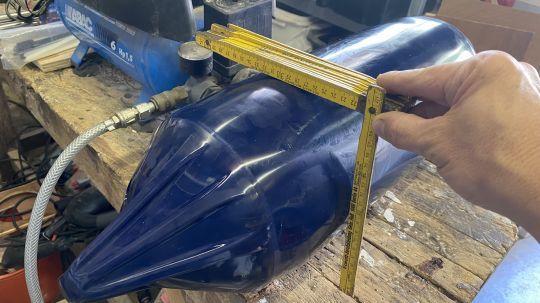
But how do you know if the fender is inflated enough or too much? For my part, I used the meter. Indeed, this Polyform fender is sold for a diameter of 20 cm according to the information given by VDM-Reya. So I made sure to inflate them to that size. No more and no less.
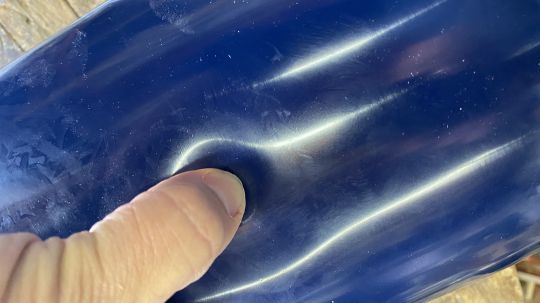
By pressing with my hand, there remains a certain flexibility which will be welcome when the boat will lean on it. But not too much so that the fender can fulfill its protection role.
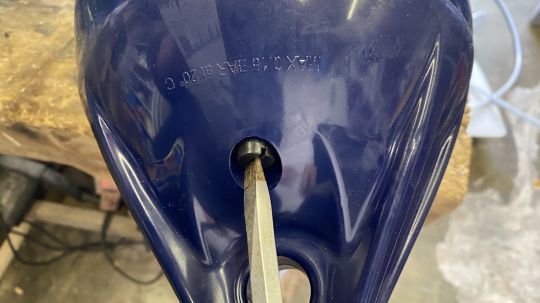
Once the pressure has been reached, the valve must be closed with the plug.
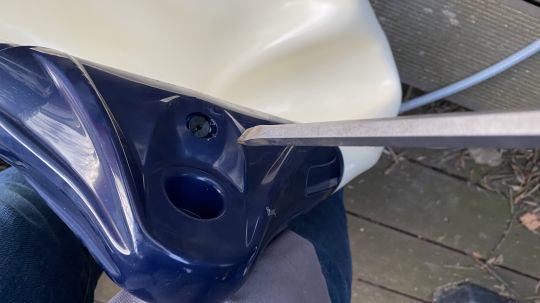
I did the same with the 2 ball fenders that will be put in place to protect the bow. Diameter announced 55 cm. It's just longer to inflate...

 /
/ 